AVPN is the largest network of social investors in Asia. Operating across 33 markets in the continent, it serves as a unifying force, fostering collaboration and managing pooled funds to direct philanthropic capital effectively in domains and locations where they are needed the most.
In this exclusive interview with TheCSRUniverse, Lavanya Jayaram, Executive Director for South Asia at AVPN, speaks on the key trends and challenges in Corporate Social Responsibility (CSR) domain and philanthropy across Asia. She delves into the growing embrace of CSR practices by Asian companies, the increased focus on environmental and social issues, and persistent challenges which included the need for more awareness and robust government support.
In the interview, she also highlights the unique CSR landscape in India which has been shaped by legal mandates fostering substantial growth in corporate philanthropy and underscores the need for diversification in CSR programs and the significance of multi-stakeholder collaborations to address social issues effectively.
Jayaram also emphasizes on the role of private investments in promoting sustainable development in Asia, highlighting the surge in impact investing aligned with Sustainable Development Goals. She also share insights into AVPN's evolving role in response to the changing social and economic landscape in India, and the organization's commitment to innovative financial models and collaboration across diverse forms of capital.
Read the full interview for a detailed picture on the current philanthropic landscape in Asia and how it is evolving:
Q. AVPN operates across 33 markets in Asia. Can you provide an overview of the current state of Corporate Social Responsibility (CSR) or philanthropic initiatives in Asia, highlighting major trends and challenges?
A. Absolutely, our journey at AVPN takes us through a diverse and dynamic Asia where CSR is making waves. This is an encouraging trend: a growing number of Asian companies are embracing CSR practices. In fact, a 2022 survey by the Asia Corporate Governance Association revealed that 83% of Asian companies now integrate CSR into their strategies, with 77% of them allocating a dedicated budget. This reflects a burgeoning commitment to social and environmental responsibility.
One notable trend is the increased focus on tackling pressing environmental and social issues, both locally and globally. However, it's not all smooth sailing. Challenges do persist. Some businesses and organisations in Asia still lack awareness and understanding of CSR, limiting the impact of initiatives. Small and medium-sized enterprises (SMEs) often find themselves grappling with resource and expertise constraints when trying to embark on large-scale CSR efforts. Moreover, in some Asian countries, there's a need for more robust government support to create a more conducive environment for businesses to engage in CSR.
Despite these hurdles, CSR is on a steady ascent in Asia. Companies are taking a more significant role in addressing regional social and environmental challenges, with impressive statistics to prove it. For instance, there's been an upswing in CSR donations from Asian companies, a surge in signatories to the UN Global Compact, and even the translation of Global Reporting Initiative (GRI) Standards into multiple Asian languages to make them more accessible to businesses in the region. These are exciting developments that paint a bright future for CSR in Asia.
Q. Shifting our focus to India, how does the CSR landscape in India differ from the broader Asian context? Are there any unique challenges and successes specific to CSR initiatives in India?
A. The CSR landscape is a story with some intriguing twists. In most Asian countries, CSR is a voluntary endeavour, but in India, alongside China and Indonesia, it's more than voluntary—it's a legal mandate. Indian companies are required to allocate a portion of their profits to CSR activities. This unique approach has led to substantial growth in corporate philanthropy within the country.
While India's CSR landscape showcases immense potential, addressing all social issues effectively remains a challenge. With companies primarily clustered in urban regions, CSR efforts can sometimes echo this urban bias.
To achieve a broader impact, we need to diversify CSR programmes regionally and thematically. India's CSR regulations, although well-intentioned, can sometimes inadvertently encourage short-term, programmatic initiatives. To achieve transformative and sustainable change, we must look to philanthropic capital, impact investments, and government funding. This places a significant emphasis on multi-stakeholder collaborations. In the ever-evolving landscape of Indian CSR, the interplay between regulation and innovation is an engaging story, offering valuable lessons not only for Asia but for the world at large.
Q. It has been observed that philanthropy and social investments increase as nations grow economically. Given the surge in private wealth in Asia in the past two decades, how do you see private investments promoting sustainable development and social impact in the region?
A. The burgeoning wealth in Asia has set the stage for private investments to be a powerful catalyst for sustainable development and social impact in the region. To put this into perspective, AVPN's Asia Impact Investing Landscape report tells an incredible story. In recent years, the impact investing market in Asia has witnessed unprecedented growth, with total assets under management (AUM) reaching a staggering US$50.5 billion in 2022. This represents a remarkable 25% increase from the previous year.
One of the most exciting aspects is how impact investing is increasingly aligning with sustainable development goals (SDGs). In 2022, a staggering 92% of impact investments in Asia were intricately linked with at least one SDG, a significant jump from 85% in 2021. This surge in private investments is contributing to transformative change in the region. Private investors are spearheading projects in renewable energy, investing in education and healthcare for underserved communities, and supporting financial inclusion initiatives. As Asia continues its remarkable economic growth, we anticipate even more private investments pouring into businesses with a sustainable and impactful vision.
Q. Given your experience through AVPN’s extensive work, which sectors or issues are getting higher attention from philanthropists and what is their approach to solving problems they have invested in?
A. AVPN works closely with a diverse group of philanthropists who are passionately committed to addressing some of society's most pressing challenges. In recent years, we've witnessed a significant upswing in the attention and investment dedicated to several key areas.
Climate solutions have moved to the forefront, with philanthropists channelling their resources into addressing environmental challenges. Healthcare access, especially in underserved communities, has also garnered significant interest. Philanthropists are investing in initiatives that enhance the well-being of young people and are placing a strong focus on gender empowerment.
Their approaches are equally diverse. They are not simply providing financial support but engaging in strategic partnerships, building capacity, and forming collaborations with governments, businesses, and nonprofits. The modern philanthropist is characterised by data-driven decision-making and a steadfast, long-term commitment to effectively address these critical challenges. Their partnerships with governments and non-profit organisations are emblematic of the collaborative, innovative spirit that is driving substantial progress in these sectors.
Q. How does AVPN help in channelling the philanthropic capital in Asia across different domains and geographies? Also, how do you ensure optimum utilisation of this capital to achieve desired outcomes?
A. We are the largest network of social investors, philanthropists, and community impact leaders in Asia with more than 600 members. Our mission revolves around channelling philanthropic capital across a wide spectrum of domains and geographies to create meaningful change. We do this through a multifaceted approach.
First, we serve as a unifying force, bringing together a rich tapestry of stakeholders. This includes philanthropists, social investors, impact organisations, and policymakers. By fostering collaboration and knowledge sharing among these diverse groups, we collectively identify and address the most pressing social and environmental challenges in Asia.
One of our impactful strategies involves managing pooled funds. These funds consolidate capital from multiple donors, amplifying the support for social impact initiatives across the continent. This approach enables us to effectively direct philanthropic capital to a wide array of social causes, such as education, healthcare, financial inclusion, and climate change. Moreover, we see our funds as tools to enable investing in relationships to build trust by utilising the concept of flexible funding and foster innovation towards organisations that are capable of creating bold and transformative impact but lack access to funding sources.
However, our commitment doesn't end with capital allocation. We place a strong emphasis on accountability. Every dollar of funding is meticulously accounted for to ensure maximum impact. We employ a rigorous Monitoring and Evaluation system and a thorough due diligence process. These mechanisms safeguard the funding and guarantee that it is directed toward the most effective impact organisations, thus advancing the achievement of their intended outcomes. In essence, we are not just channelling capital; we're about ensuring it generates the greatest possible positive impact.
Q. AVPN had announced an Asian Youth Mental Wellbeing Fund a few months back and they recently released a knowledge paper on Asia’s Care Crisis. Such issues were traditionally not on the radar of many corporate or private philanthropists. How do you work on channeling funds to such domains?
A. Indeed, addressing issues like Asian youth mental wellbeing and Asia’s care crisis requires a well-thought-out strategy. We believe in the power of raising awareness. Our campaigns and strategic partnerships play a pivotal role in educating existing and potential donors about the critical need within these domains.
Additionally, our data-driven and evidence-based research and knowledge papers provide concrete evidence of the scope and potential impact of these issues, making a compelling case for investment. These resources help shift the narrative and highlight the urgency of these matters.
Collaboration is at the heart of our approach. By working hand in hand with funders, philanthropists, government agencies, impact organisations we can collectively make these causes more appealing to a broader spectrum of donors. The strength in numbers and combined efforts create a sense of shared responsibility, ultimately inspiring a larger group of philanthropists.
Moreover, we emphasise the long-term and economic benefits of investing in these causes. By showcasing the positive ripple effects and the potential for lasting change, we make these causes attractive to corporate and private philanthropists who may not have traditionally prioritised them. This expansion of the pool of available funds is crucial for driving these vital initiatives forward.
Q. AVPN has a significant presence in India. How has the organisation specifically contributed to the social sector in the country? Are there any particular milestones or achievements that you would like to share with us?
A. AVPN's presence in India has made a significant impact on the social sector. India plays a crucial role in our network, with nearly 20% of our members hailing from this diverse and dynamic nation. These members represent a wide spectrum of organisations, including philanthropies, family offices, impact funds, and corporate foundations.
What makes AVPN truly unique is our approach of bringing together various forms of capital, from philanthropic to corporate, towards a common purpose. This model encourages philanthropies to collaborate with corporate foundations, impact funds to engage with corporate social responsibility initiatives, and Indian organisations to share their innovative solutions with global market capital providers, and vice versa. This cross-pollination of ideas and best practices fosters a rich environment for multi-sectoral, cross-border collaborations—a crucial need for the Global South at this juncture.
While Asia hosts 60% of the world's population, oftentimes it doesn't receive the global representation it deserves. This is where platforms like AVPN find their true meaning. We see ourselves as flag bearers, and our work is a testament to our unwavering commitment to bringing Asian voices, challenges, opinions, and solutions to the forefront. With operations spanning 33 markets, we ensure that the region's diversity and perspectives are strongly advocated on the global stage.
Q. Looking ahead, how do you envision the organisation's role evolving in response to the changing social and economic landscape in India? Are there any new approaches or strategies on the horizon?
A. The future holds exciting possibilities for AVPN as we adapt and evolve in response to the changing social and economic landscape in India. Our journey has always been guided by a deep commitment to listening and learning. We attune to the voices of our members and the broader community. This ongoing dialogue ensures that we remain agile and responsive to the evolving needs of our stakeholders.
Our mission is resolute: to bridge the SDG financing gaps across sectors, leaving no issue or individual behind. To achieve this, we continually explore new and innovative financial models. We're ardent advocates of collaboration, and as a network operating across the continuum of capital, we are uniquely positioned to foster cooperation among diverse forms of capital.
Our unwavering determination is to mobilise capital toward impactful change, and we aim to do so in a manner that is increasingly efficient, effective, equitable, and timely. As the social and economic landscape continues to shift, we're poised to embrace fresh strategies and approaches that will empower us to lead the charge in making a lasting impact on the world.
Q. For individuals and organisations interested in contributing to social impact in Asia, what is your message or call to action? How can they get involved with AVPN's initiatives or support the organisation's mission?
A. To all those who are passionate about making a profound social impact in Asia, we extend an open invitation to become active participants in our mission. Our message is one of inclusivity and partnership, recognizing the urgent need to create an ecosystem that ensures access to basic necessities and equal opportunities for all communities.
We encourage you to explore the transformative potential of the Public Private Partnership (PPP) model, which is a key to unlocking the full force of impact capital. By collaborating with AVPN, you become an integral part of our collective efforts to drive positive change.
Our upcoming South Asia Summit in December 2023, themed ‘Bringing Fringes to the Fore’, will serve as a pivotal platform to amplify our endeavours. It's scheduled for December 12-13, 2023, in Mumbai, and will focus on the unique challenges and opportunities within the South Asia region. This summit represents an invaluable opportunity to spotlight the marginalised and gain a deep understanding of regional nuances. We aim to ensure that the voices and concerns of the South Asian community take centre stage in our discussions and strategies.
Whether you're a passionate funder, a dynamic impact organisation, a forward-thinking policymaker, a dedicated government entity, or an invaluable member of civil society, your active involvement and collaborative spirit are indispensable for ushering in positive change across the region. Let's unite our efforts, working tirelessly to construct a future that is not only more equitable and sustainable for Asia, but also reaches beyond its borders.



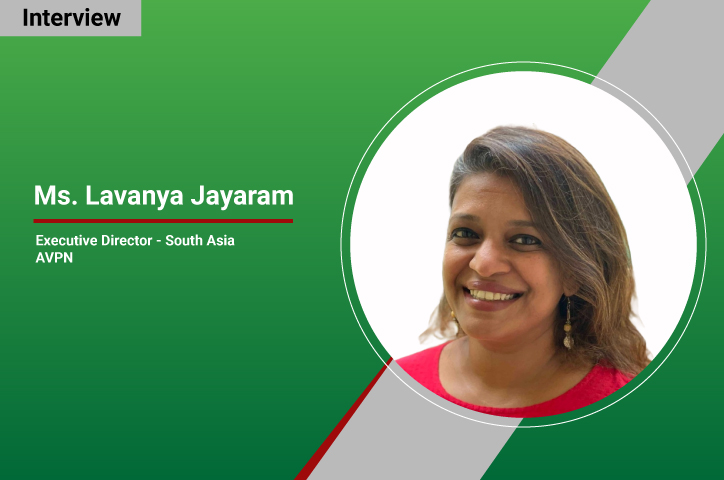

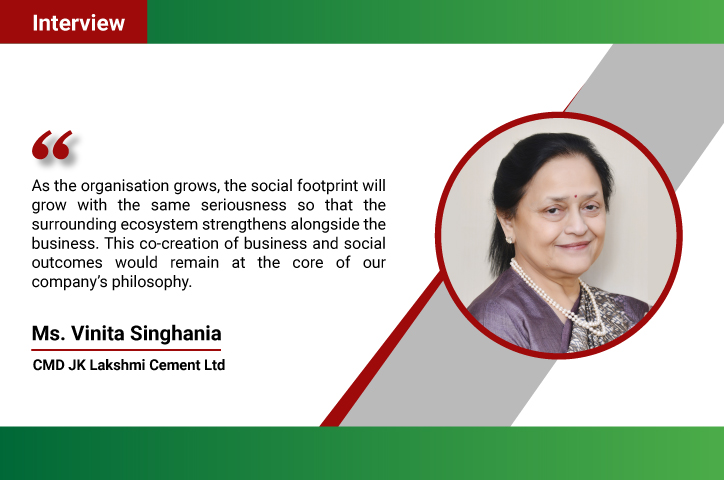
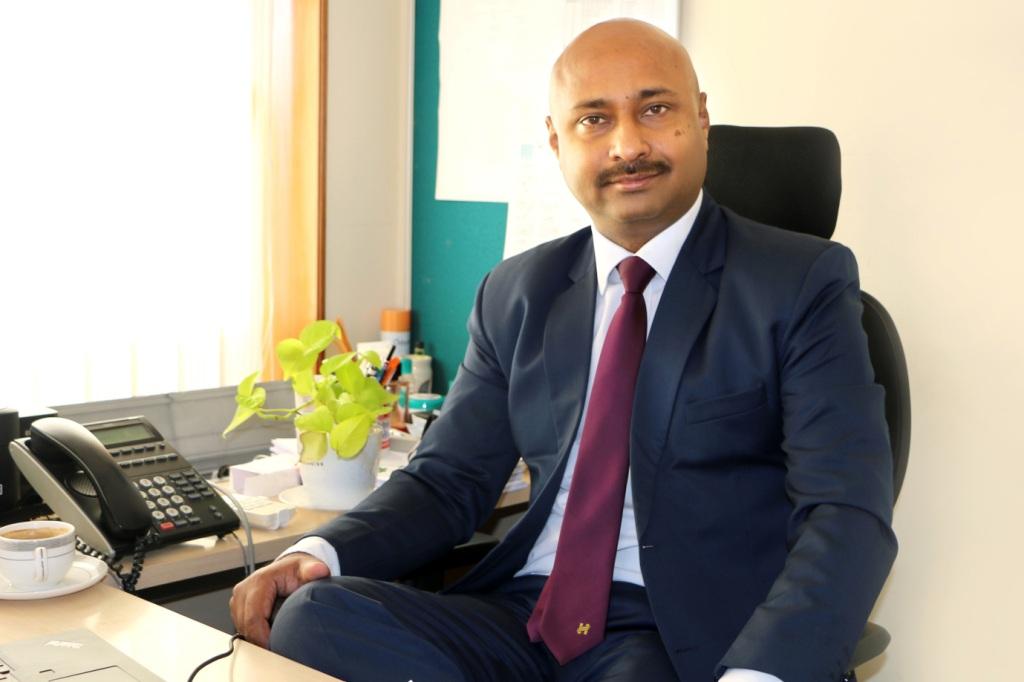

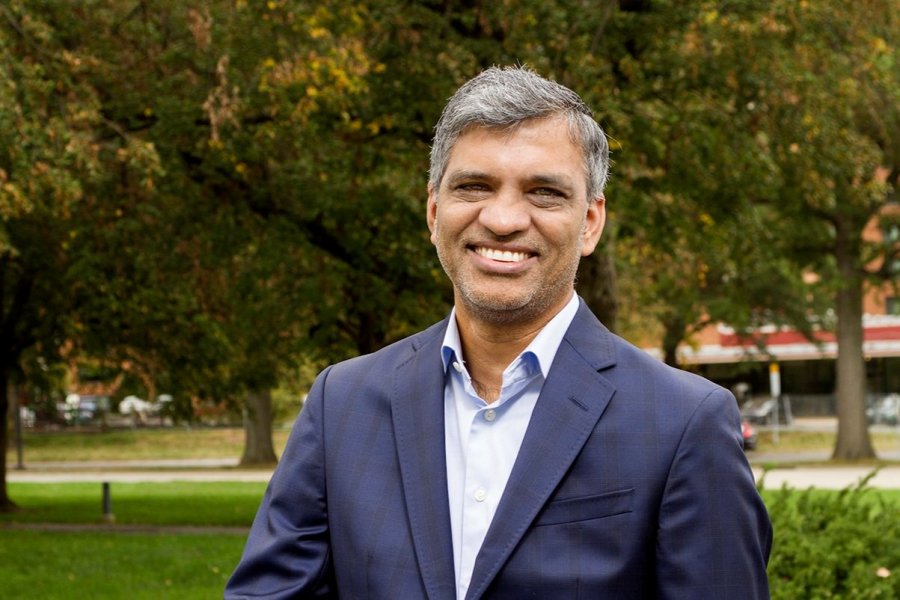


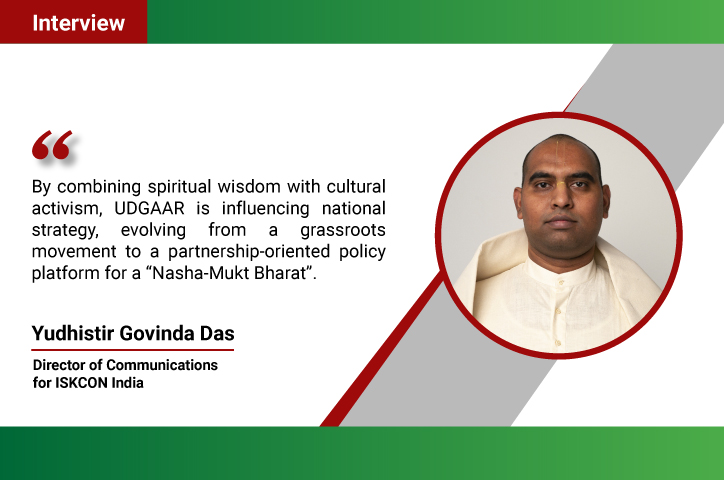
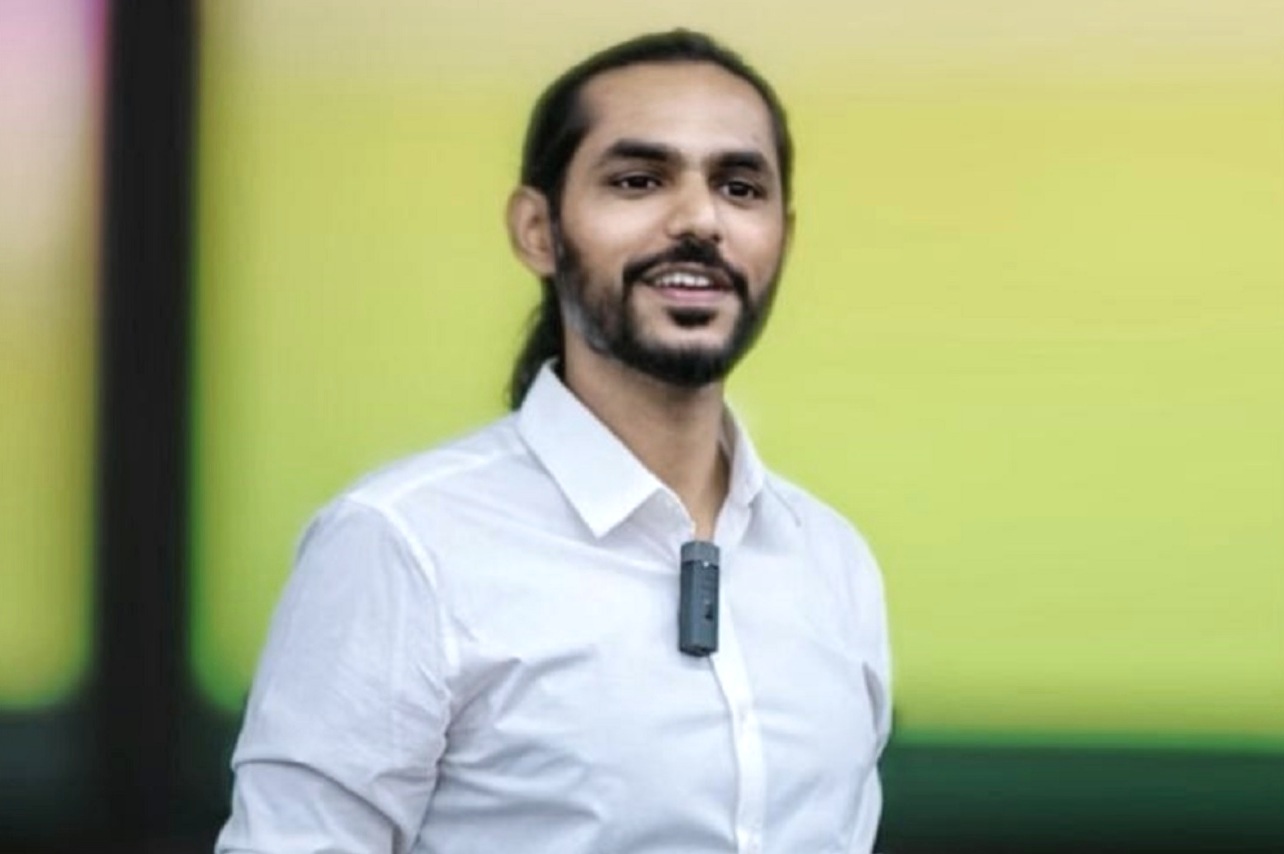




.jpg)




